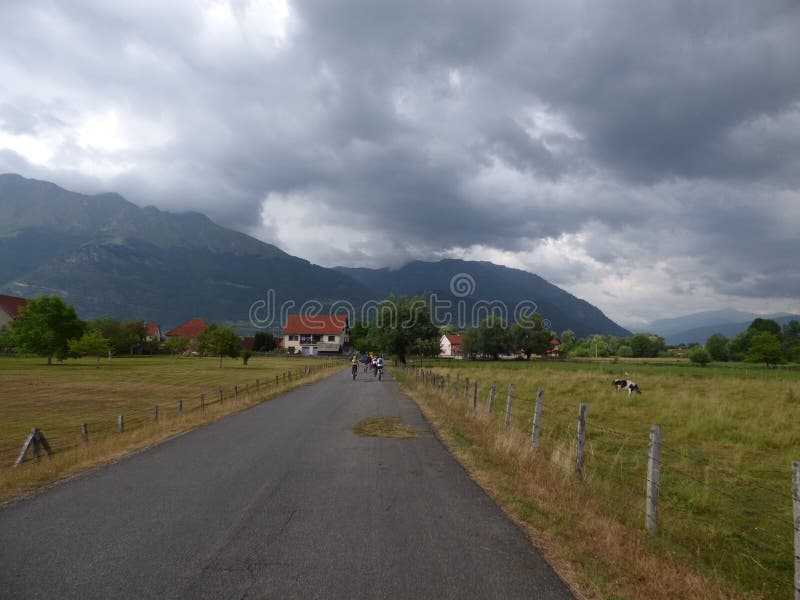

The project is incredibly expensive, leaving Montenegro struggling to pay off titanic debt to Chinese financiers. "I'll only use the new road if there's a big storm or an emergency," he concludes.Chinese companies are hard at work on building a road through the mountains to connect Montenegro’s port city of Bar with Serbia. Then he considers the downsides: tolls each way, extra fuel consumption. He weighs up the benefits of heading to Podgorica on the new road: 30 minutes travel time rather than 90 minutes on the old road, improved safety. "It would take at least 22-25,000 vehicles a day for the highway to pay off," civil engineer Ivan Kekovic told AFP, roughly four times the number he could envisage on the busiest stretch.Įven this gloomy assessment may be optimistic if all Montenegrins do their sums like Zeljko Rajkovic, a 55-year-old teacher in Kolasin, close to Matesevo.

The current government has admitted revenue from tolls will not even cover the road's annual maintenance, estimated at 77 million euros ($94 million). They warned that any benefits to commerce and tourism on the Adriatic, or development for poorer northern regions, would never outweigh the costs. Problems with the project were not unforeseen – experts queued up a decade ago to tell the government that it was not viable. The government has promised to investigate any corruption claims.įurther questions have been asked about the environmental impact after the construction work ruined a UNESCO-protected stretch of river near Matesevo and the Chinese firm agreed to fund work to undo the damage.

"Decisions on construction were wrongly made out of the public eye, and that is something we will now have to pay for," said the group's Dejan Milovac. There were no public tenders and the relationship between payments received and the work carried out was not clear, according to anti-corruption watchdog MANS. More than one-third of local subcontractors chosen to work on the project had links to the former ruling socialists of President Milo Djukanovic. Risky, reckless and, according to campaigners, corrupt. 'Out of public eye'īojanic is now trying to get help from the European Union to rescue a project he bitterly opposed when he was in opposition, labeling it risky and reckless. "If we do not find sources of funding to build on, then we are in big trouble," Infrastructure Minister Mladen Bojanic told AFP, saying he was committed to finishing the road. With Montenegro's first repayment due in July, it could become the first European country to put those claims to the test. "If someone puts negative labels on China's investment, it is not only unfair to China, but also disrespectful to the countries of the western Balkans." "This cooperation is mutually beneficial and win-win," said China's Montenegrin embassy in a statement last month.

If Montenegro cannot pay, it faces arbitration in Beijing and could be forced to give up control of key infrastructure, according to a copy of the contract seen by Agence France-Presse (AFP).Ĭhina has been widely criticized for saddling small countries with unmanageable debt as part of its global Belt and Road Initiative.Ĭritics worry that it will use financial leverage to boost its political power, in what they dub "debt-trap diplomacy."īut Chinese officials have strenuously denied any ulterior motive to the investment in Montenegro and the wider region. It is unclear where the money will come from or how Montenegro – a country with a GDP of 4.9 billion euros – will repay its existing debt to China. The section linking Matesevo to a town near the capital Podgorica – the most difficult part to build – is set to open in November.īut the road is meant to connect the Adriatic port of Bar in the south with the Serbian border in the north, with the intention that the Serbians will then extend it to their capital, Belgrade. "I manage to sell some vegetables and chickens to the workers," added the man who did not want to be named, reflecting also that dirt mounds from the construction site stop the river from flooding. Some managed to sell their land and leave, which was impossible before," said one villager, whose two-story home now sits meters from gargantuan concrete pillars propping up the four-lane highway. "This story has some good sides for us villagers.


 0 kommentar(er)
0 kommentar(er)
